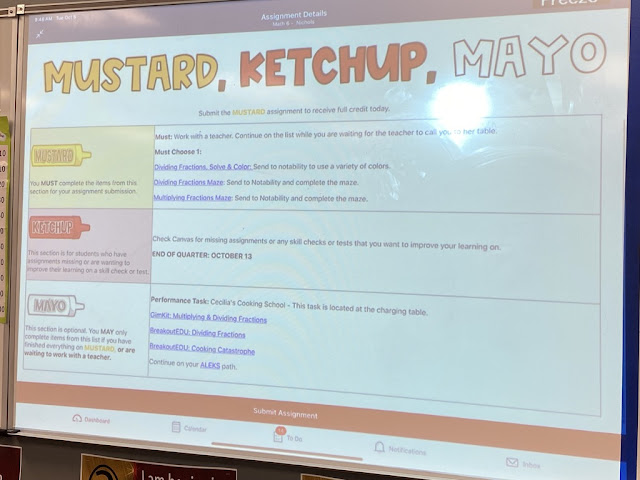For many of us, our preparation to become teachers consisted of courses focusing on classroom management, lesson design, grading, and proven strategies that had withstood the test of time. We were also exposed to learning style theory and the many benefits it had on meeting the diverse needs of students. To this day, it is still heavily referenced, even though it has been debunked extensively. Cindi May shared the following in Scientific American:
Just because a notion is popular, however, doesn't make it accurate. A recent review of the scientific literature on learning styles found scant evidence to clearly support the idea that outcomes are best when instructional techniques align with individuals' learning styles. In fact, several studies contradict this belief. It is clear that people have a strong sense of their own learning preferences (e.g., visual, kinesthetic, intuitive), but it is less clear that these preferences matter.
There is little scientific support for this fashionable idea—and stronger evidence for other learning strategies.
Research continues to provide further evidence that the conventional wisdom about learning styles should be rejected by educators and students alike (Kirschner, 2017; Husmann & O'Loughlin, 2018; Riener & Willingham, 2010). While this challenge to conventional wisdom might be hard to swallow, some good news comes in the form of a silver lining. There isn't one best way to learn as the path and preference are different for everyone. Hence the need to incorporate an array of strategies that pull on the strengths of some learners while addressing weaknesses in others.
In Disruptive Thinking in Our Classrooms, I laid out an array of personalized strategies that can be implemented after a mini-lesson is facilitated. While these take some planning upfront, there are some simpler techniques that can be readily integrated into any lesson in the form of voice and choice. When reviewing prior learning, checking for understanding, or closing lessons, allow students to choose how to show what they have learned through the following means:
- Writing (digital tools, individual whiteboards)
- Video (Flipgrid, Padlet, Seesaw)
- Audio (Padlet, Seesaw)
- Images (Padlet Jamboard)
- Drawing (Nearpod, Pear Deck, Padlet, individual whiteboards)
While tech presents a myriad of options for students to show learning, traditional mini-whiteboards can also be used in some cases. None of the pathways above are meant to replace summative assessments, but using varied formative means caters to a learner's preference by giving them the best opportunity to show what they have learned. It builds confidence, fosters creativity, and empowers students during lessons.
Husmann, P.R., and V.D. O'Loughlin. 2019. "Another Nail in the Coffin for Learning Styles? Disparities among Undergraduate Anatomy Students' Study Strategies, Class Performance, and Reported Vark Learning Styles." Anatomical Sciences Education 12, 6–19.
Kirschner, P. 2017. "Stop Propagating the Learning Styles Myth." Computers and Education 106, 166–171.
Riener, C., and D.T. Willingham, 2010. "The Myth of Learning Styles." Change: The Magazine of Higher Learning 42(5), 32–35.










